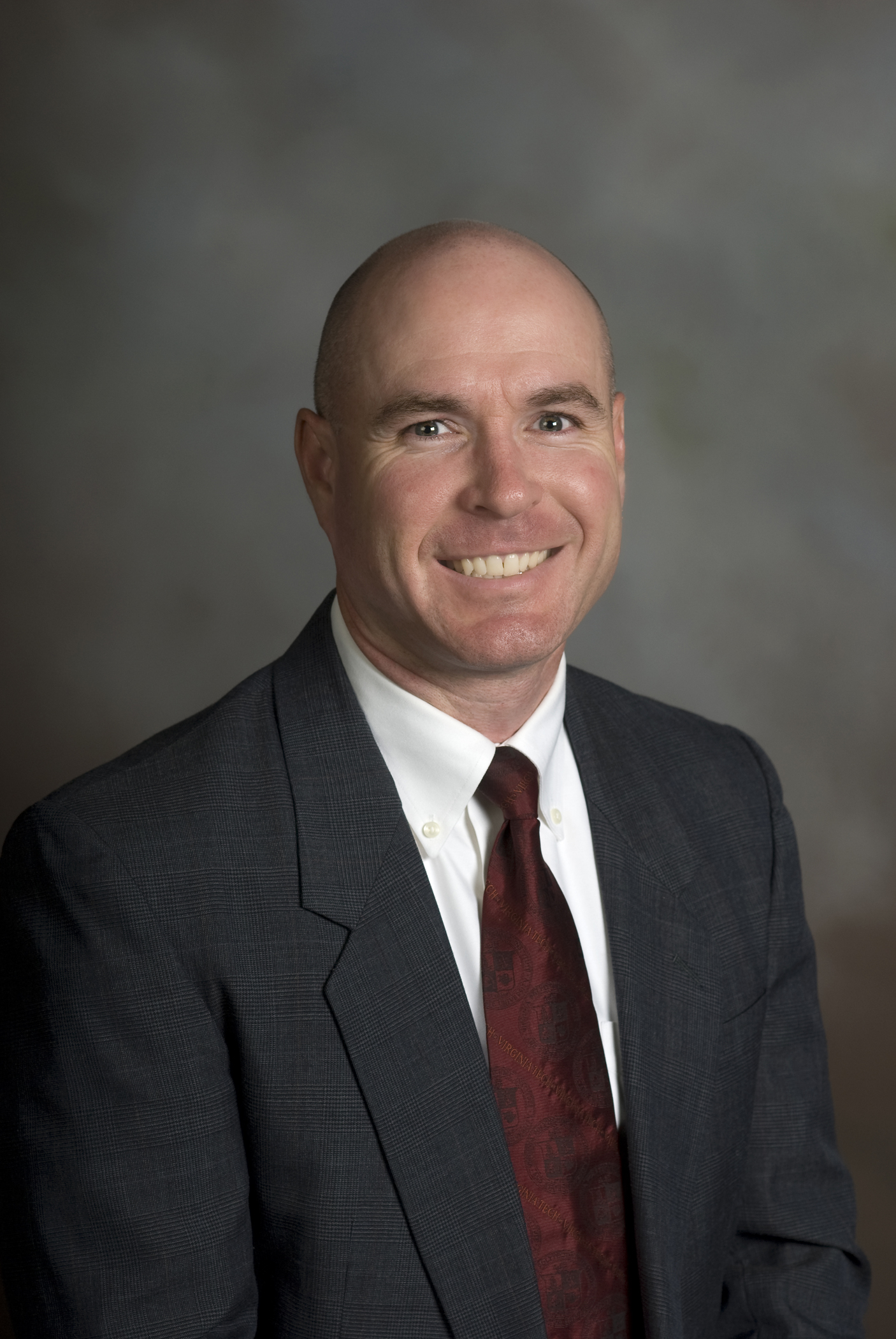Virginia Tech's Russ Green to lead government team to New Zealand earthquake area

Russell Green, of the Charles E. Via, Jr., Department of Civil and Environmental Engineering at Virginia Tech, is leading the National Science Foundation-sponsored Geo-engineering Extreme Events Reconnaissance Team as it travels to Christchurch, New Zealand, to document the effects of the magnitude 6.3 earthquake that occurred on Feb 22.
The team will focus on documenting geotechnical effects of extreme events as part of the U.S. National Earthquake Hazards Reduction Program.
Green, an associate professor of civil and environmental engineering, is leading the investigation of the earthquake’s geotechnical impacts. Other team members are: John Allen, TRI Environmental Inc.; Glenn Rix, Georgia Tech; Donald Wells, AMEC Geomatrix; Thomas O’Rourke, Cornell University; Aaron Bradshaw, University of Rhode Island; and Clinton Wood, University of Arkansas.
Green, Allen, and O’Rourke were also on the previous reconnaissance team that investigated the Sept. 4, 2010, magnitude 7.1 Darfield earthquake in New Zealand.
The team members will work in close collaboration with their New Zealand colleagues from the University of Canterbury and the University of Auckland. Additionally, the team is coordinating its efforts with teams organized by the Earthquake Engineering Research Institute (EERI) and the American Society of Civil Engineers’ Technical Committee on Lifeline Earthquake Engineering.
Green spent five years as an earthquake engineer for the U.S. Defense Nuclear Facilities Safety Board in Washington, D.C., prior to becoming a university professor. Part of his responsibility at the safety board was to perform seismic safety analyses on the nation’s defense nuclear facilities.
Green’s concerns and expertise in earthquake engineering earned him a National Science Foundation CAREER Award in 2006 valued at more than $400,000. He has used this support for the development of procedures of collecting and analyzing data required for assessing the seismic hazard in regions where moderate to large earthquakes would have significant consequences, yet they remain low probability events.
The team members have been in close contact with engineers and scientists already in Christchurch, New Zealand, the site of the earthquake. Most of the team will be arriving in Christchurch on Tuesday, March 1, at which time they will work with their New Zealand colleagues to perform field investigations. The team will be working in the field until March 6, with the initial plan to focus efforts on: building foundation response, liquefaction and other ground failures, performance of bridges and other lifelines, performance of port facilities, and slope failures.




